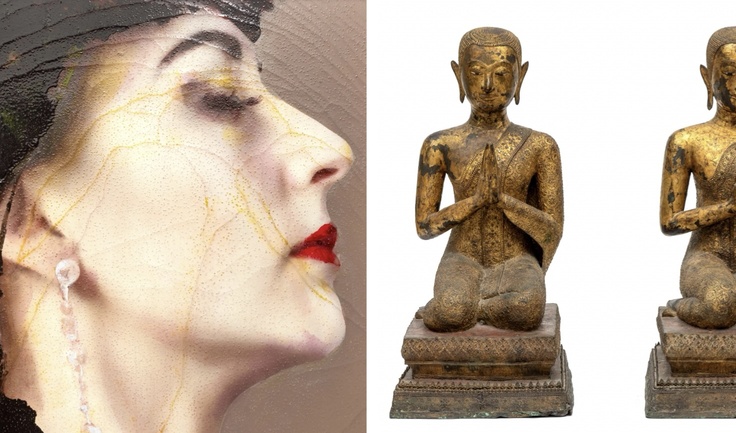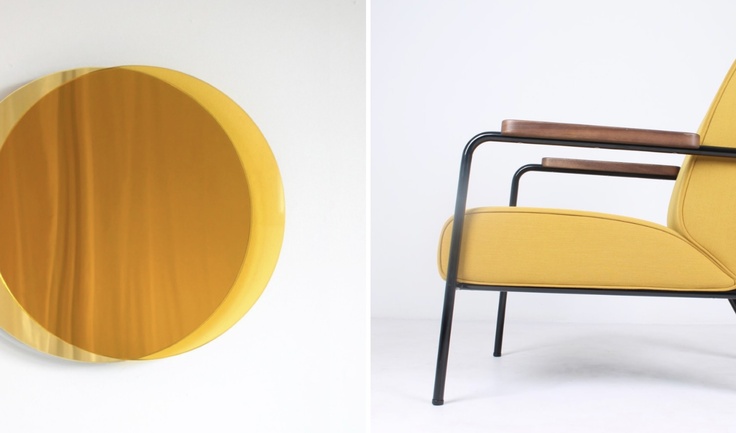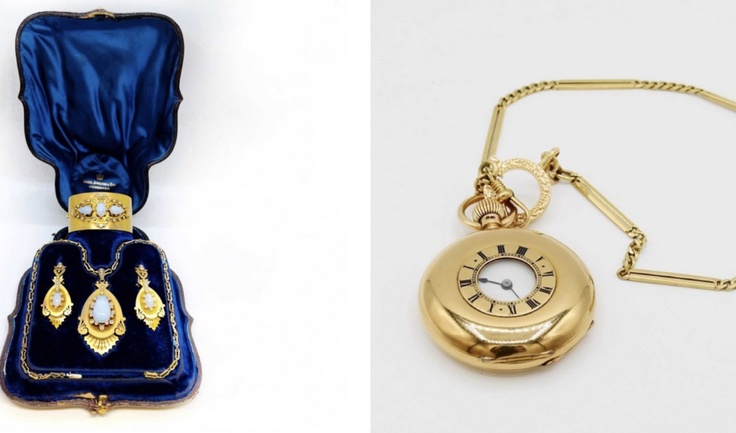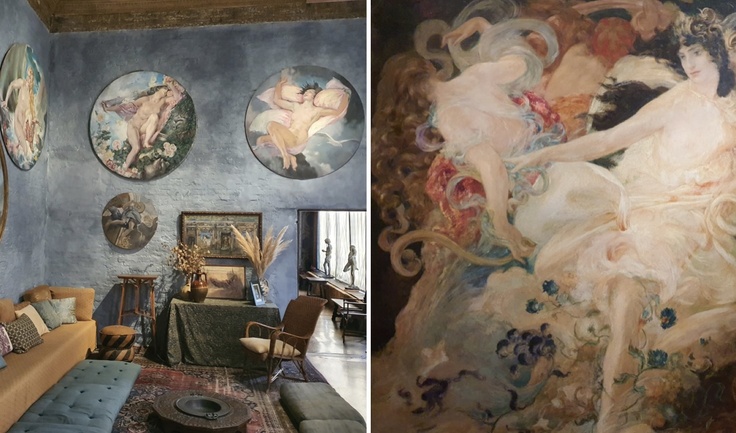Art Investment as an Effective Strategy to Fight Inflation in Your Portfolio
Investing in Art has become a more popular form of investment portfolio diversification among investors worldwide. In this article I will share with you interesting tips on how to effectively invest in art and profit from the growing international art market:
Art Investment: The Reason
A good investment should offer more than the financial pillars of capital conservation and the opportunity of a sound profit. The advantage of investing in art is on one side to protect the investor from the macroeconomic factors affecting financial markets (inflation, forex volatility, hiking interest rates) and on the other to gain the higher personal reward related to the history, the esthetic and the prestige of ownership of a precious or rare artwork.
Art can also hold long-term, multigenerational wealth and it could be a source of immediate liquidity in hard currency through secured lending based on art collateralization and international resale.
Joining the opportunity of a financial return with the esthetic pleasure and physical ownership of a unique masterpiece, the art market is probably the most satisfying form of investment. Buying a piece of art is therefore a great choice for any investor looking for alternative investment opportunities aside from the financial markets.
Why Investing in Art is a Winning Strategy of Portfolio Diversification
- More rewarding than standard financial products
- Esthetic Pleasure (beauty & harmony of the colors, shapes, composition)
- Prestige of Ownership (artwork as non-fungible and unique asset)
- Cultural and Historical Value (age, heritage and provenience)
- Offers financial and risk diversification benefits
- Less affected by macroeconomic factors than financial markets (Inflation, GDP, Forex, Interest Rates)
- Low correlations with traditional investment instruments generate portfolio’s diversification benefits
- Less Volatile in Economic Value (when proper diversification strategies among art periods are followed)
- Capital protected from extreme economic events (currency depreciation, high inflation, bankruptcy)
- Art can hold long-term multigenerational wealth (favorable inheritance tax regimes in many countries)
- Art is a source of liquidity in hard currency (art-secured financing & international resale)
The S&P500 Index has been more volatile that Mei Moses All Art Index over the last 20 years. The risk associated with each index is measured by the standard deviation of the changes in their annual returns. The absolute risk associated with the Mei Moses All Art index has been much lower than that of the S&P500 (10.67 percent Vs. 19.25 percent respectively). "Art collecting as investment follows similar rules to most common financial products, but it is more rewarding in terms of emotional feelings and less sensitive to the macroeconomic factors influencing financial markets. When combined with sound expertise, purchasing at auction is the best source of good deals for any collector seeking alternative investment opportunities." Francesco Gibbi, CEO | LOT-ART.com
Read the interview to Lot-Art CEO on the reasons why investors should consider fine art and passion assets as an alternative asset class: A Discussion on Price Arbitrage and Liquidity in Art Investment

Art Investment: The Method
If stocks can be traded on the financial markets, artworks can be sold at auction. A few simple criteria should be followed to ensure a safe and rewarding art investment:
- A good deal starts with a cost-effective purchase, leveraging on a sound expertise, auctions can be the best source of good deals to any collector looking for alternative investment opportunities
- Don’t buy what you don’t know: Expertise is the winning word in the art investing business. For example, the value of an old master etching can be very different depending on the state (early prints made during the life of the artist are more valuable than later reprints), the edition (an edition of 50 is more valuable than an edition of 200), or the series (some works are more representative of an artist style and therefore they keep or grow their value more than others)
- Art collecting is an investment when you can rely on price analytics to evaluate the "liquidity" of the asset comparing its asking price with historical sales (emerging contemporay art qualifies more as a speculation than as an investment because of the lack of historical price data)
- Opportunity Cost: unless you are driven by specific collection needs, before chosing what to buy look at various options in order to optimize your budget by maximizing liquidity and minimizing uncertainty ( galleries may offer an emerging artist at a price which does not have market justifications while for the same amount you could buy a work by an established artist which carries an higher degree of liquidity and a lower risk / price volatility)
Download The Art Investment Brochure to learn how you can invest in passion assets which are also sound financial investments.

Art Investment: Key Success Factors
- Expertise: buy within your field of expertise or rely on experts' advisory to exploit positive asymmetry of information buyer/seller in the global art market
- Liquidity: opportunity for the artwork to hold its capital value even under an event of forced resale (based on the purchase price Vs. average historical sale price at auction). The popularity of an artist increases the liquidity of the artwork as it is one of the main factors driving the sale price and the opportunity of international resale
- Collective Value (1+1 > 2): related items together are worth more than the sum of single items
- Risk management: diversify in old master, modern & contemporary art, fine wines, watches, classic cars
- Geographical Arbitrage: buy an artwork in a country where it is less known/relevant and resell it in the market of highest relevance.
Art Investment: The Strategy
- Capital Conservation: hold the artwork as a long term investment to benefit from its unique feature of holding wealth as hard currency deposit protected from extreme economic events such as high inflation and safe from capital gain tax (10 - 20 years)
- Short Term speculative investment: profit from price gap primary / secondary market and geographic arbitrage (< 5 years)
Art Investment: The Tool
LOT-ART has been created to enhance the role of fine art investment as an effective portfolio diversification to financial markets. It provides direct links to the most reputable auction houses worldwide, offering a comprehensive overview of the global art market and allowing for informed investment decision-making in fine art and passion assets thanks to its advanced market analytics.
Lot-Art Investment Advisory can leverage on its big data analytics, market expertise and international network to assist investors with acquiring quality artworks, which are also sound financial investments: Lot-Art selects the best art deals tailored to individual taste, budget, risk profile and financial objectives (capital conservation or short term speculative), by exploiting the geographical arbitrages and information asymmetries arising in the global art market, Lot-Art assures the artworks will carry a substantial price gap with the primary market to guarantee the highest degree of liquidity and opportunity of return on investment.
LOT-ART auction search engine is complemented by an Investment Advisory and Valuation service backed by an advanced analytic system, cross-referencing historical data of prices/volumes with future sales into a single platform. LOT-ART provides investors, collectors, insurances and wealth managers with up-to-date analytical information to monitor the trends, risks and opportunities of the art market, as well as the real-time value and liquidity of any "Passion Asset" enabling informed investment decisions in assets which will combine the highest degree of Quality & Liquidity.
Why we do it better: Combining qualitative due diligence with financial analysis LOT-ART provides effective investment recommendations on any passion asset to be purchased through auction bidding or Private Sales.
Buying a valuable piece of art is a great choice for any investor looking for alternative investment opportunities aside from the financial markets. To learn more about the factors that professional art investors consider when buying art at auction read also the article: “The Business of Art Collecting”.

Investors seek to gain financial returns by leveraging their knowledge to take advantage of information asymmetry’s in volatile markets. The reduction of market information asymmetries in the art market has made harder for dealers and galleries to benefit from huge price mark-ups since collectors and art investors are now reaping the benefits of a more globalized and transparent market. Thanks to the use of big data analytics, global auctions platforms like Lot-Art can assess potential buying risks and an asset’s liquidity rate, giving buyers and sellers more confidence on what, when and where to exchange.
The art market is an aggregation of various sub-categories diversified by price, medium, genre and time period. Paintings and drawings tend to have the lowest correlations with each other across mediums, while post-war and modern art show the lowest correlation across genre. We would recommend collectors looking to minimise their investment risk buying multiple artworks to diversify between these pairs of medium and genre.
Old masters and modern 19th century art generally show lower market betas (measure of the price volatility of an asset in comparison to the market as a whole), suggesting these genres will result in lower downside risk, and lower returns in an upswing (comparable in finance to a sovereign bond). In contrast post-war and contemporary art have beta values greater than 1 so will add more risk to a portfolio, but bring higher returns in a market upswing.
Furthermore, we recommend investors looking to buy art as a means of diversifying their portfolio to take extra measures in ensuring the artwork’s quality. Finally, like in the stocks market, the results of an investment in art depend strongly on timing the purchase and resale. To ensure the highest quality artwork is bought for the best value at the right time would be wise to seek for expert's advice (unless the buyer has already a solid knowledge of the market).
The artist, the medium, the subject, the time period, the provenance and the state of conservation of the asset will all affect its value and are best left to a specialist to evaluate. For questions on how to effectively diversify your investment portfolio in art and other passion assets contact Lot-Art Investment Advisory without obligations.
This article was brought to you by Mr. Francesco Gibbi, Founder & CEO of LOT-ART | The Art Investment Platform
Other interesting articles

|
Thu Apr 25 2024
Art and Antiques at De Zwaan, AmsterdamDe Zwaan, Amsterdam presents the Spring Art and Antique Sale on April 30th - May 15th. The sale features fine art, Asian art, classic furniture, jewellery, watches & clocks, Tribal art and varia. Discover the Auction Highlights or browse the full catalogue here » SELECTED LOTS LEFT: Walasse Ting (1929-2010) - "Two women with parrots" Watercolour and Gouache, signed with... |

|
Wed Apr 24 2024
Masterly x Catawiki: "Homage" Collection | Exclusive DesignFor the installation at Salone del Mobile 2024, Catawiki and Masterly commissioned contemporary creators to reinterpret design icons. The auction "Homage" - A Tribute in Auction on April 28th is curated by Masterly founder, Nicole Uniquole, and includes the world-famous Eames Lounge Chair reimagined by Stefan Scholten. An auction inspired by the installation at Salone... |

|
Tue Apr 23 2024
A Selection of Jewelry at Casa d'Aste Guidoriccio, ItalyCasa d'Aste Guidoriccio, Italy presents the Auction: "Jewels. A Selection of Jewelry and Precious from Private Collections" on April 30th. Discover the Auction Highlights or browse the full catalogues here » SELECTED LOTS LEFT: Platinum and Diamond Ring, Fabergé Victor Mayer Collection. Diamonds totalling 0.78 ct. Limited series 11/100. See Price Estimate... RIGHT: 750... |

|
Mon Apr 22 2024
Enchantment at Palazzo Fortuny: 'Selva' by Eva Jospin in VeniceLEFT: Photograph of the Mariano Fortuny Y Madrazo Museum; RIGHT: Wagnerian Cycle. Parsifal. The Flower Maidens, Mariano Fortuny y Madrazo, 1896 Mariano Fortuny y Madrazo, born in Granada in 1871, was a renowned Spanish artist celebrated for his innovative contributions in the realms of fashion, photography, and lighting design. Fortuny gained global fame for the... |